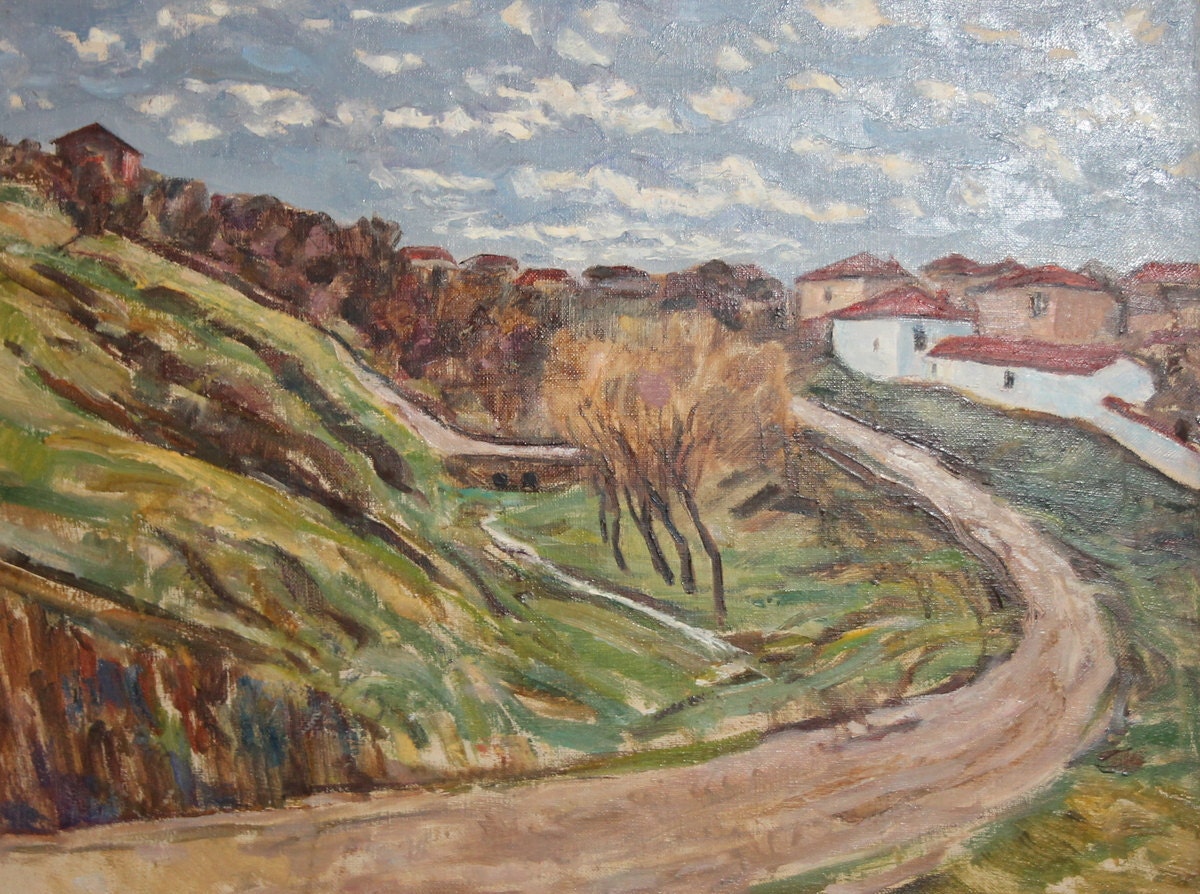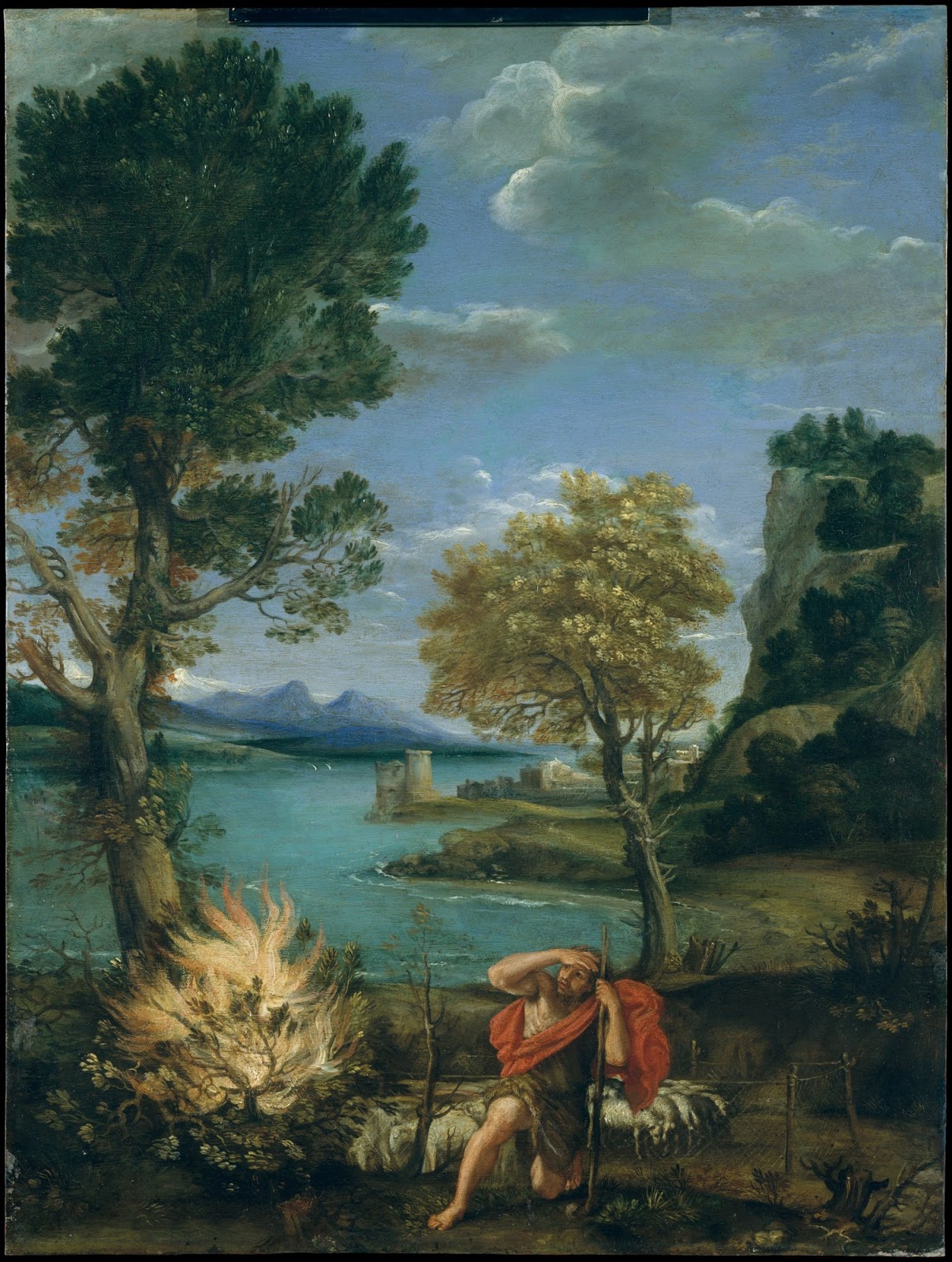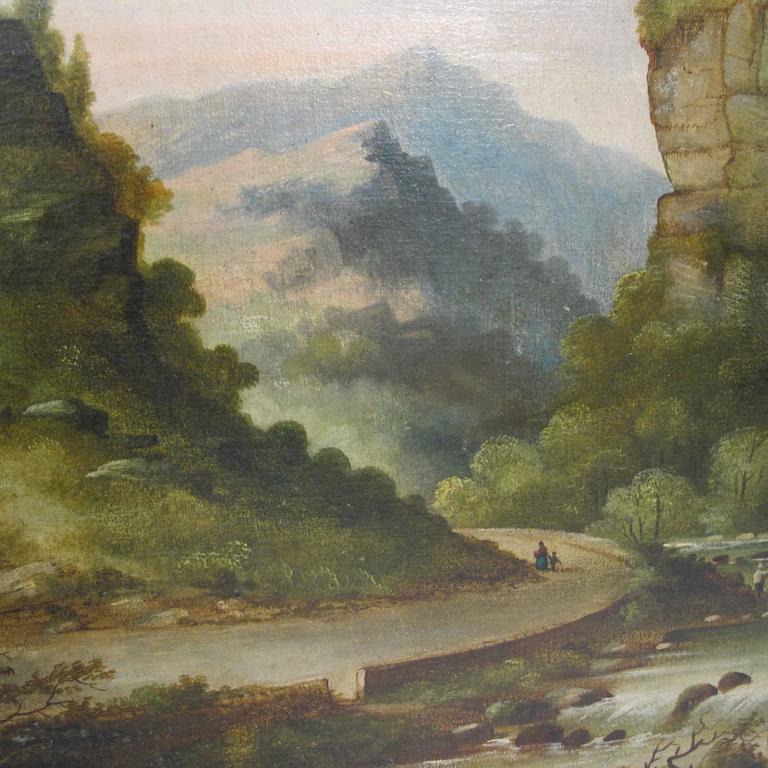
From the first decade of the 18th century, the "naturalness" of landscape design was viewed as new and exemplary, and it was developed both in theory and in practice, with France and England taking divergent paths. It was not automatically linked to a specific style, rather it was a more nuanced mode of garden arrangement, which drew from various sources.


Similar to the understanding of nature in the 18th century, the "naturalness" of landscape design had many facets. However, the processes of reception and transfer that resulted from about 1700 onwards in the spread of new, more natural garden forms – of which the landscape garden was the most prominent phenomenon – were more complex. The stylistic battle lines were drawn with the key terms of regularity vs. 5 In the 18th century, the fundamental questions of this debate revolved around the perception of nature and its imitation in art. This debate took place in gardening textbooks, theoretical treatises, as well as in the gardening journals that were published in increasing numbers from the 1790s onward, particularly by German publishers. The diversity of arrangements of gardens, which were now intended to inspire the mind and the emotions, was discussed in the context of the artistic discourse of a European Société des lettres.

It was not until the second third of the century that specific features of the structure and lines, of the vegetation and scale, of the view and of the impact on walkers had developed to the point that they were recognized as distinguishing features for the description of the landscape garden in contrast with the classical French garden.įrom the late-16th century onward, landscape design had outgrown its connection with agriculture and horticulture, and during the course of the 17th and 18th centuries it became a sister discipline of architecture, painting and poetry. From about 1700, there was a movement towards more naturalness in the arrangement of gardens, which expressed itself in the French garden as well as in early forms of the landscape garden. 2 Prior to that, terms such as "natürlicher" (natural), "neuer Gartengeschmack" (new taste in gardens) and "neue Gartenmanier" (new manner of garden) 3 had been used to refer to a garden style that, though it drew on international sources, was nonetheless predominantly perceived by contemporaries as a "neue Geschmack der Britten, der die Regelmäßigkeit und Einförmigkeit verbannte und wahre Schönheit der Natur in die Gärten rief", 4 as the German garden theoretician Christian Cay Lorenz Hirschfeld (1742–1792) put it in 1782. The stylistic term "landscape garden" and the occupational title "landscape gardener" were only introduced and discussed at the end of the 18th century in the writings of the English landscape designer and theoretician Humphry Repton (1752–1818). Instead, it picks out a number of aspects and examples of cultural and knowledge transfer in the area of landscape design in the 18th century. The discussion below cannot give a complete picture of the variants and development of the landscape garden. 1 This involved – in the literal and figurative sense – "border crossings" in the areas of the history of the humanities and the history of science, and artistic as well as professional-sociological phenomena. These processes occurred primarily between Italy, England, France and Germany, though influences from outside Europe also played a role (the Anglo-Chinese garden).

In the area of landscape design, numerous transfer processes occurred in the 18th century that not only affected the landscape garden. Rezeption der griechisch-römischen Medizin Istanbul as a hub of early modern European diplomacy Islam-Christian Transfers of Military Technology British and American Constitutional Models


 0 kommentar(er)
0 kommentar(er)
